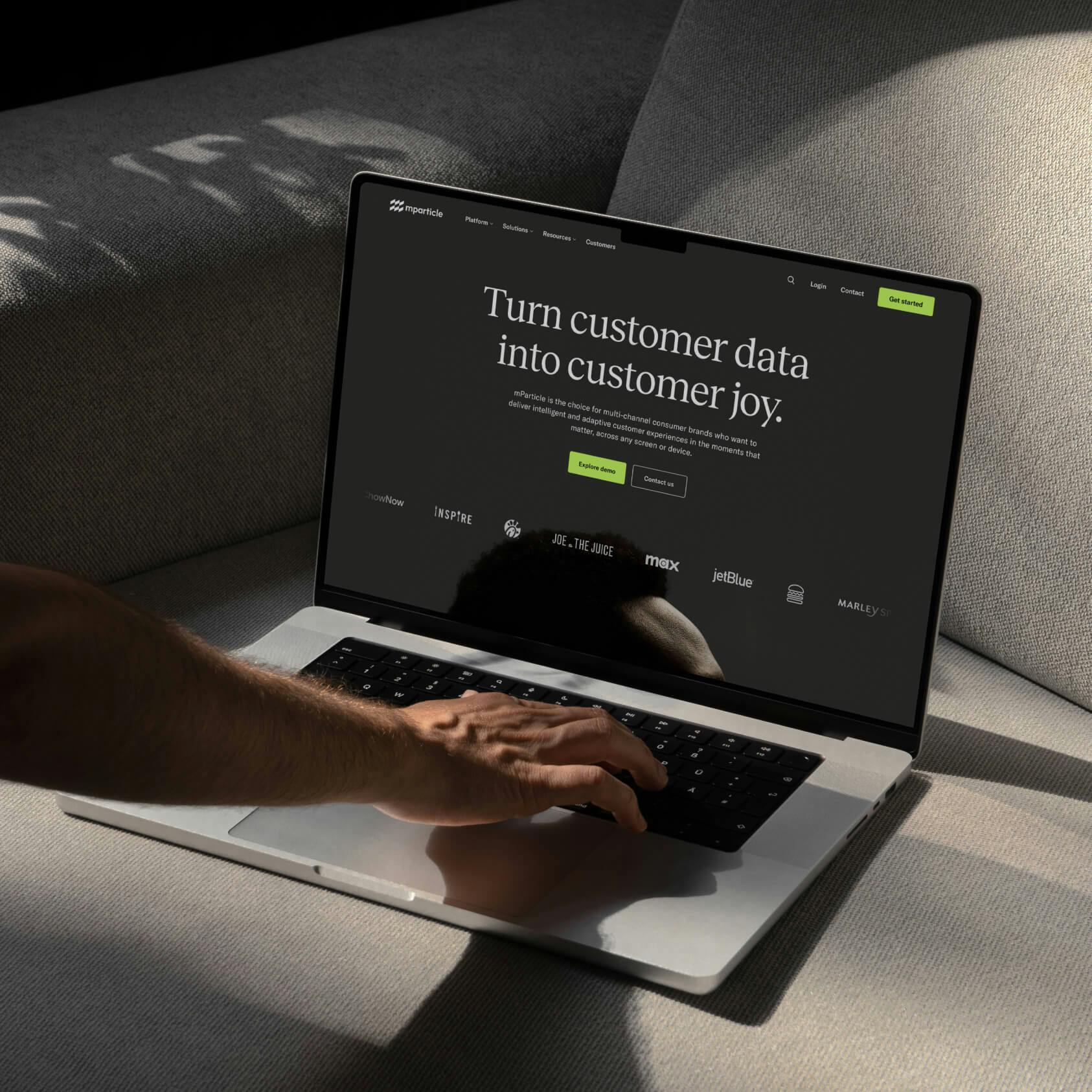Three Ways to leverage in-store QR codes
Retailers need to create cohesive experiences, but moving traditional offline customers to digital products can be challenging. Learn how you can use QR codes in-store to move customers online and close the data loop.

Smartphones have made it easier than ever for customers to purchase everything from groceries to clothing to pet supplies from the comfort of their own home. However, the success found by online-first brands has led to an expansion into physical stores that are seamlessly connected with their keystone online experiences. For traditional brick and mortar stores, the pressure is on to create cohesive on- and offline customer experiences, but moving traditional “offline” customers (and their data) to digital products is more difficult than you would think. Here at mParticle, we’ve got loads of ideas on how to help traditional brick and mortar stores encourage their uses to engage with their mobile products. Our current favorite: QR codes.
Why in-store QR codes?
I know what you’re thinking “QR codes? Weren’t they a thing about six years ago that no one used as you needed two apps and was unnecessarily complicated?!”
Both Android and Apple smartphones—as of iOS 11—now feature QR scanning capabilities built into the phone’s camera. When combined with deep-linking platforms, such as mParticle partners Branch.io and Button, this opens a whole range of new opportunities for closing the online/offline gap and enriching customer profiles leading to better customer experience and higher revenues.
In-store discounts for signing up to the newsletter or downloading the app
We’ve become accustomed to getting “5% - 10% off our first purchase by signing up the newsletter” when we buy online, so why should in-store be any different? The same technique can be used to prompt customers to download the app, sign-up for the loyalty program, or join the newsletter.
By placing QR around the store or near tills, you can encourage customers to scan the code which will deep-link either to the relevant app store to download the app or to a landing page to sign up for a newsletter for a discount or free gift in-store.
Check out-of-stock products and order directly
More than half of shoppers begin their purchase online, but customers still like to see, feel, touch, and test a product before purchasing. Online homeware companies, like Made.com and Simba Sleep, have begun trialing both permanent and pop-up stores, turning their entire store into a physical catalog for the website for this exact reason.
By placing QR codes on the shop floor, retailers of all products can do the same. If a product is out of stock in a certain color or size, the customer can easily scan the QR code to find the product and order directly from the website or app, minimizing missed revenue opportunities and solving a common customer complaint; this also gives you a new channel in which to upsell and cross-promote your company’s products!
Learn more about the product
Customers are becoming more conscientious and interested in the products they are buying and are willing to pay a premium for eco-friendly or ethically sourced products, like clothing and groceries. By placing QR codes around the stores, retailers can provide customers with more information about the sourcing of the product, or even, inspiration.
For example, a supermarket could include QR codes to link to recipes or meal ideas for certain products whilst also offering extended nutritional information and provenance. By linking this information to an app, you can also begin to gather more information on what individual customers are browsing in-store—giving you data you have never had before—while greatly improving the in-store customer experience
Alternatively, fashion brands can include QR codes to link to size charts, offer insight into how the product was made, or suggest outfits based on the products scanned.
Pull it all together with a customer data platform
CDPs, such as mParticle, help brands orchestrate data and maintain a single customer view across channels and devices. By enhancing this data with offline actions and behaviors, marketers can trigger real-time cross-channel campaigns based on in-store browsing with ease while creating customer experiences that go above and beyond the norm.



